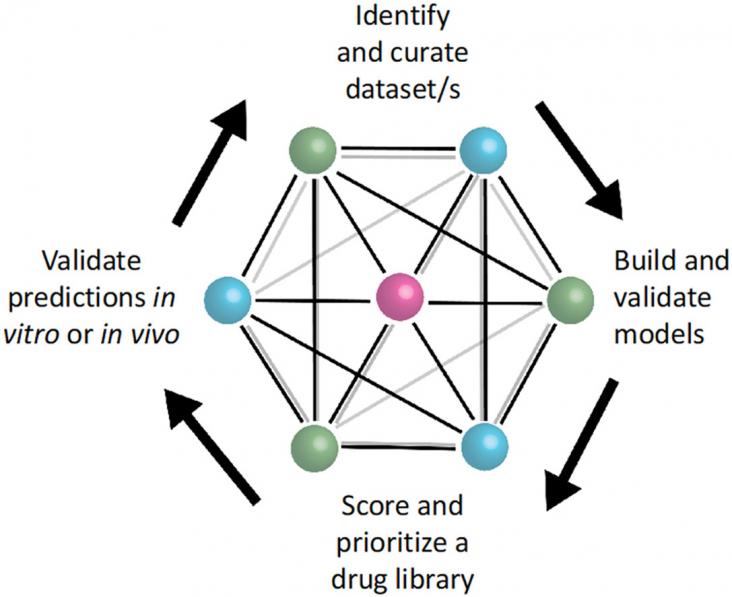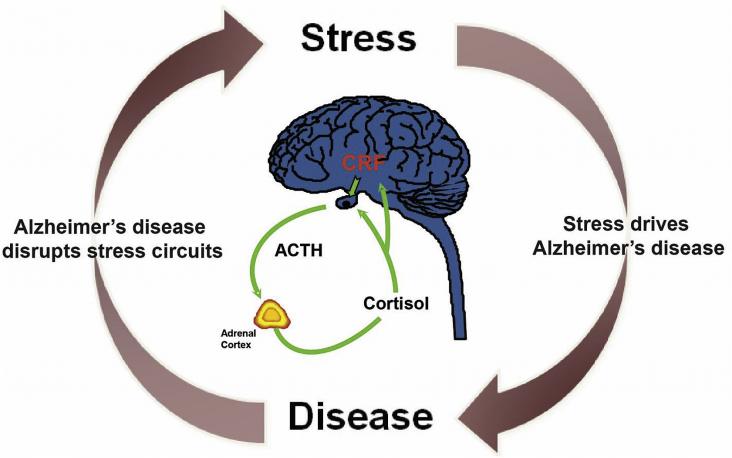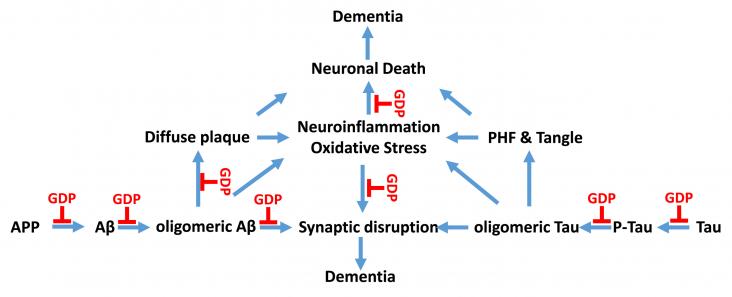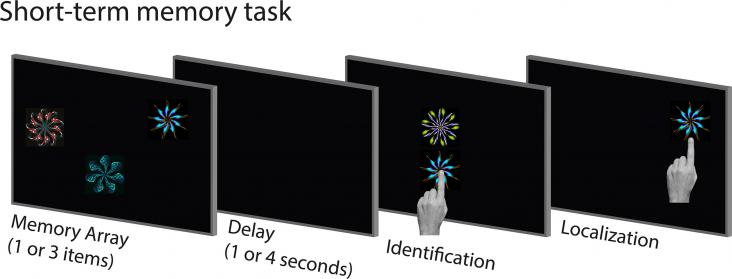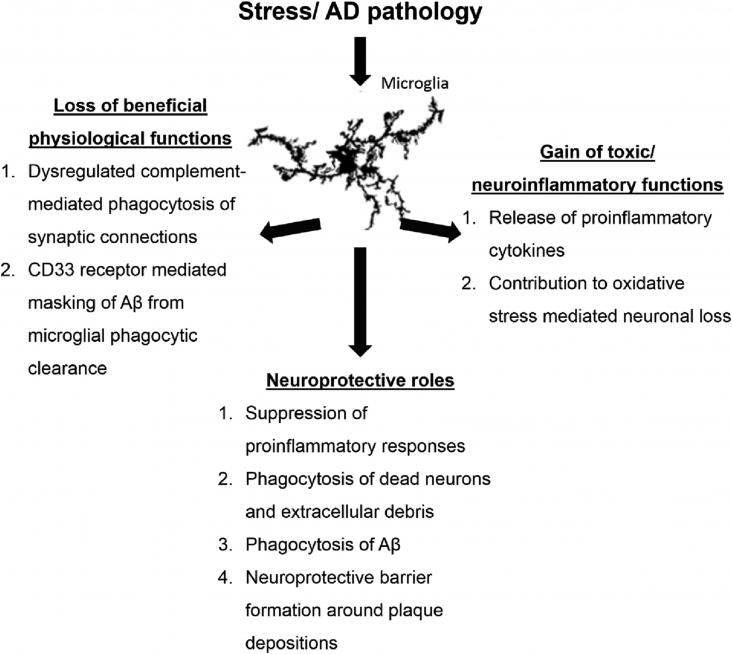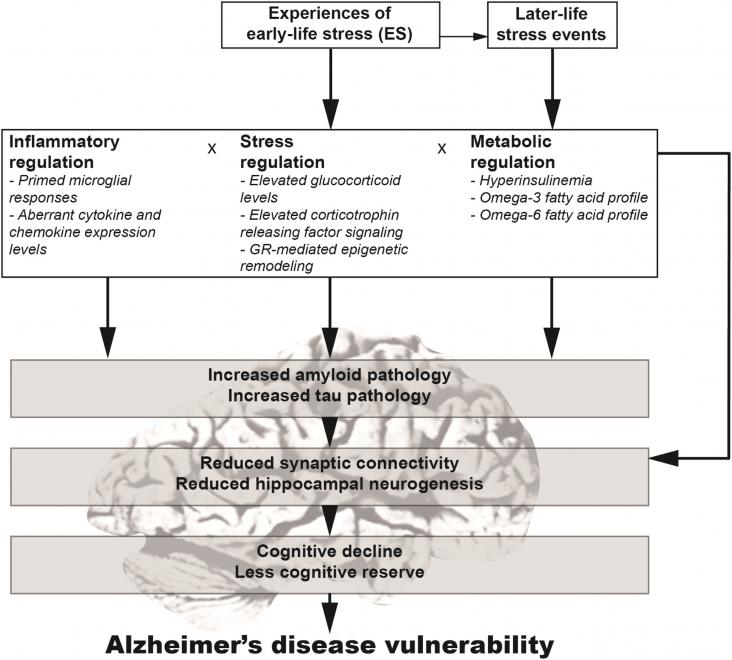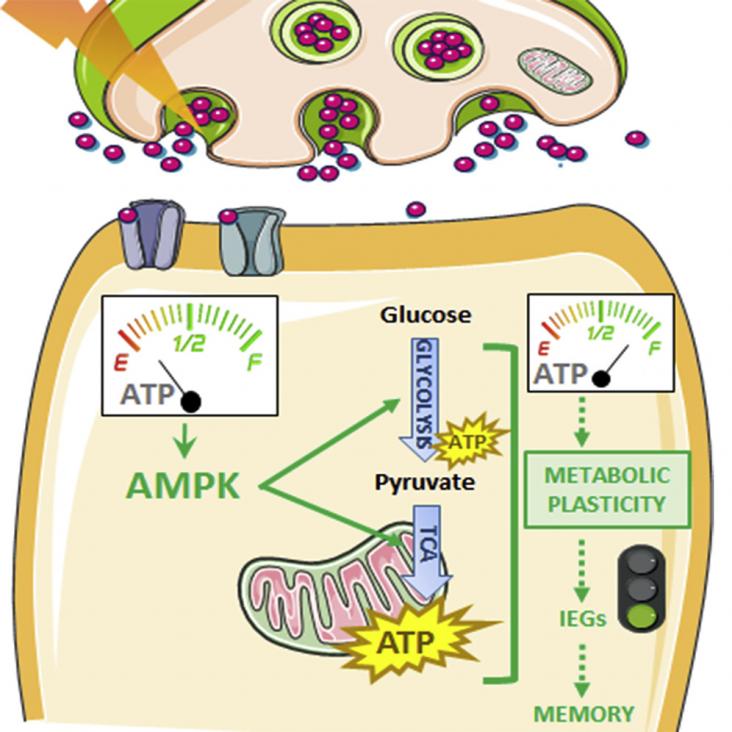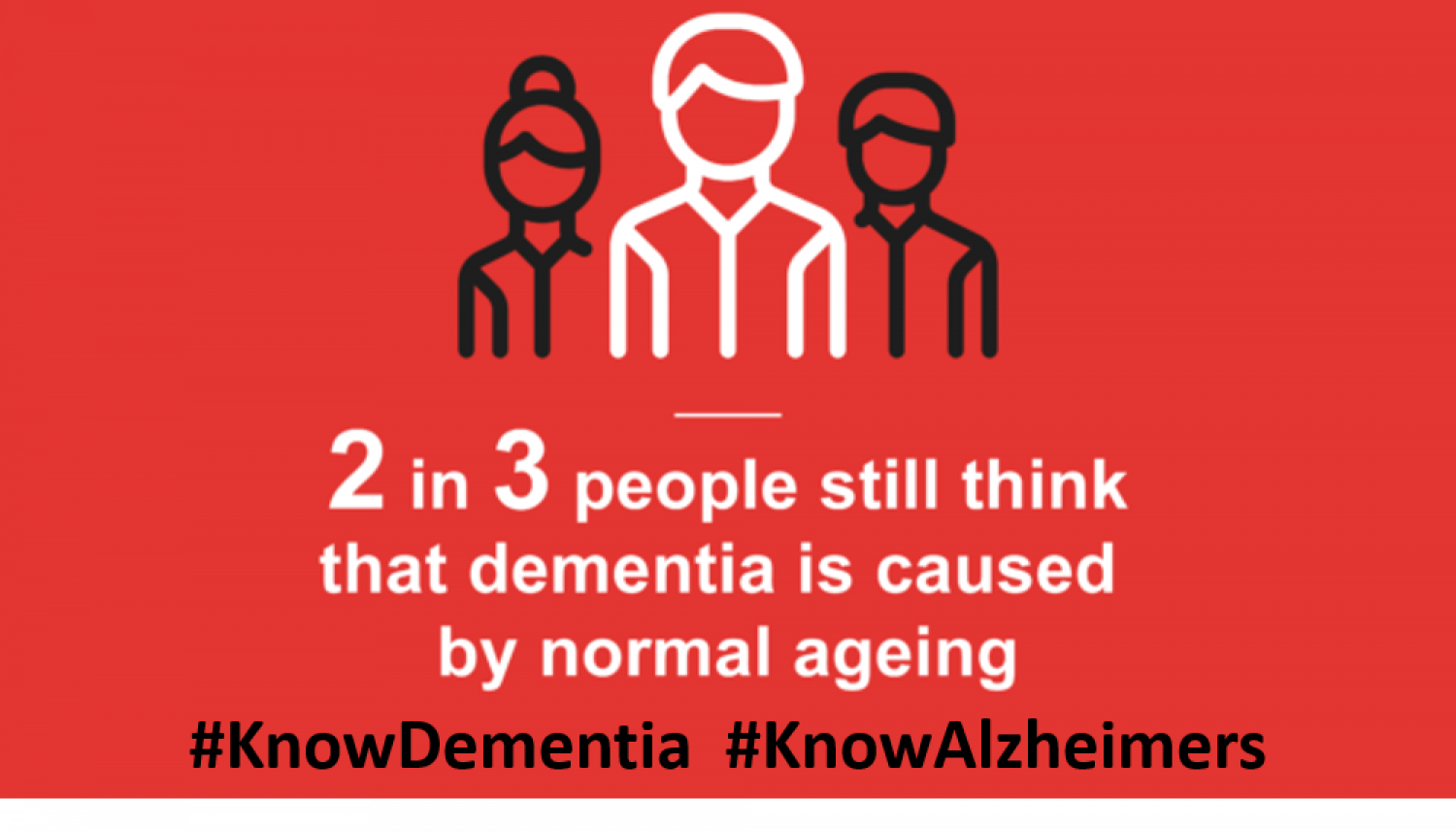
World Alzheimer's Day is an international campaign organised by Alzheimer's Disease International to raise awareness and highlight issues faced by people affected by dementia. It takes place every year on September 21st and is the focus of World Alzheimer's Month.
Dementia is one of the biggest challenges we face, with nearly 50 million people living with dementia worldwide. Yet 2 out of every 3 people globally believe there is little or no understanding of dementia in their countries.The impact of World Alzheimer's Month is growing, but the stigmatisation and misinformation that surrounds dementia remains a global problem. To tackle this challenge, we need to collaborate and share best practice with one another.
In support of this year’s theme – ‘Know dementia, know Alzheimer's’ - Elsevier presents a curated, open access collection of over 70 journal articles and book chapters focused on shining a light on the warning signs of dementia and the importance of a timely diagnosis.
Current Opinion in Chemical Biology, Volume 64, October 2021
Amyloid proteins can aggregate into insoluble fibrils and form amyloid deposits in the human brain, which is the hallmark of many neurodegenerative diseases. Promising strategies toward pathological amyloid proteins and deposition include investigating inhibitors that can disrupt amyloid aggregation or induce misfolding protein degradation. In this review, recent progress of peptide-based inhibitors, including amyloid sequence–derived inhibitors, designed peptides, and peptide mimics, is highlighted.
Dementia Rehabilitation, October 2020, Pages 227-261
Dementia Rehabilitation, October 2021, Pages 57-79
Alzheimer's Disease Theranostics, January 2019, Pages 7-12
Diagnosis and Management in Dementia, Volume 1, August 2020, Pages 827-842
Diagnosis and Management in Dementia, Volume 1, August 2020, Pages 665-680
Diagnosis and Management in Dementia, Volume 1, August 2020, Pages 147-164
Diagnosis and Management in Dementia, Volume 1, August 2020, Pages 127-146
Neuropsychological Tools for Dementia, November 2020, Pages 377-382
Evidence-informed Approaches for Managing Dementia Transitions: Riding the Waves, Volume , 4 February 2020
Evidence-informed Approaches for Managing Dementia Transitions: Riding the Waves, Volume , 4 February 2020
Neuroprotection in Autism, Schizophrenia and Alzheimer's disease, Volume , 16 October 2019
Evidence-informed Approaches for Managing Dementia Transitions: Riding the Waves, Volume , 4 February 2020
